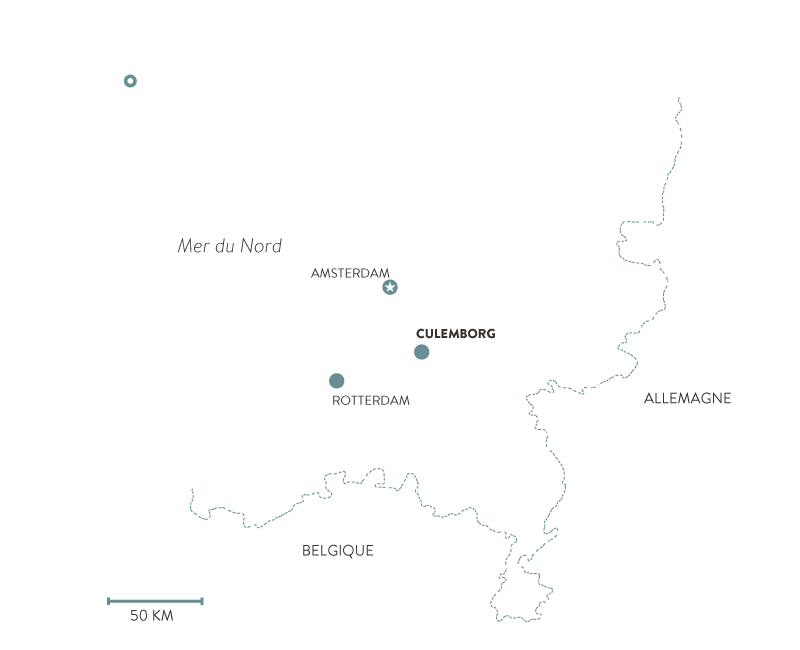-
Netherlands
EVA-Lanxmeer,
a model of eco-neighbourhood
 The EVA-Lanxmeer eco-neighbourhood is built on the outskirts of the town of Culemborg, in the centre of the Netherlands. It offers its 1,000 residents a richer and more peaceful social life, whilst reducing their environmental footprint. This laboratory of urban ecology is exemplary in terms of water management, energy efficiency, considered architecture, soft transport modes, education, urban farming and the use of natural spaces. It shows that another type of urban living is possible.
The EVA-Lanxmeer eco-neighbourhood is built on the outskirts of the town of Culemborg, in the centre of the Netherlands. It offers its 1,000 residents a richer and more peaceful social life, whilst reducing their environmental footprint. This laboratory of urban ecology is exemplary in terms of water management, energy efficiency, considered architecture, soft transport modes, education, urban farming and the use of natural spaces. It shows that another type of urban living is possible.
Texts: Guillaume Jan | Photography: Eléonore Henry de Frahan
We started out with a shared idea of solidarity. But that was not enough. We also had to find a suitable site and partners capable of making a financial commitment. That’s why our meeting with Culemborg town council was decisive. The council had the guts to really commit to the idea, although at the time we could offer no guarantees of the success of our project.”
Marleen Kaptein, founder of EVA-LanxmeerA little corner of paradise
With its community gardens, ponds, the original architectural styles of the houses, EVA-Lanxmeer looks like an ideal town. Developed from the end of the 1990s, the eco- neighbourhood today has 1,000 residents in 320 homes, including 30% social housing. The houses and flats are built to have a minimal impact on the environment (solar panels, good insulation, energy autonomy). Cars are banned. Thermo Bello, a company set up by the residents, manages the district heating, which is produced by a geothermal system. An organic farm situated within the perimeter of the eco-neighbourhood grows fruit and vegetables and runs educational workshops. Another advantage: the neighbourhood is built opposite Culemborg railway station, which means that residents can easily get to Utrecht (15 minutes by train) or Amsterdam (1 hour).
.
We started out with a shared idea of solidarity. But that was not enough. We also had to find a suitable site and partners capable of making a financial commitment. That’s why our meeting with Culemborg town council was decisive. The council had the guts to really commit to the idea, although at the time we could offer no guarantees of the success of our project.”
Marleen Kaptein, founder of EVA-LanxmeerA revolutionary neighbourhood
How can we make our living spaces more pleasant and our societies more sustainable? This twofold question was the starting point for the launch of EVA-Lanxmeer, in 1993, in partnership with Culemborg town council, in the centre of the Netherlands. And with the participation of local residents in several voluntary organisations tasked with collectively settling issues relating to life in the neighbourhood (food, maintenance of green spaces, education…).
.
A collective spirit
One of the challenges facing EVA-Lanxmeer was to perpetuate the collective spirit that the first residents of this pioneering housing estate, built for them and by them, had managed to create. Fifteen years after it got off the ground, this eco-neighbourhood is still ahead of its time – so much so that there is still no other EVA-Lanxmeer in the Netherlands and but a few elsewhere in Europe.
.
.
.